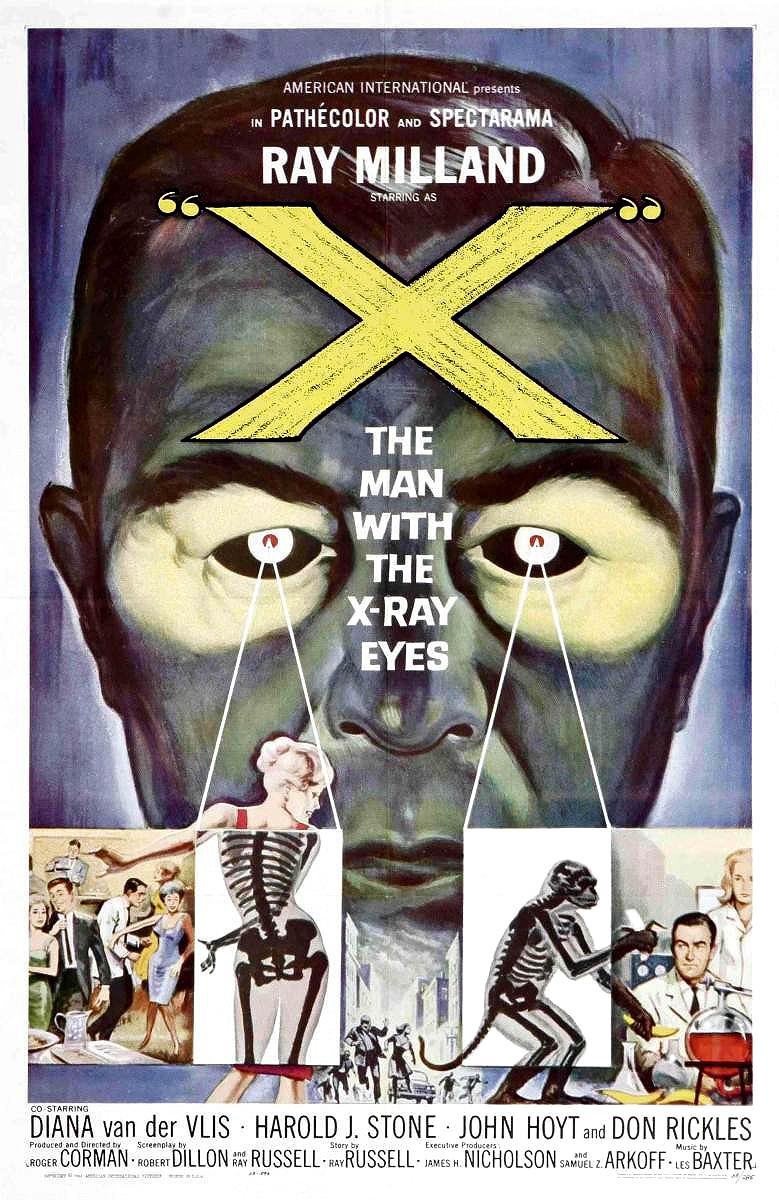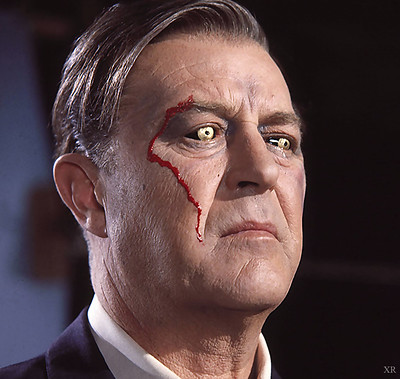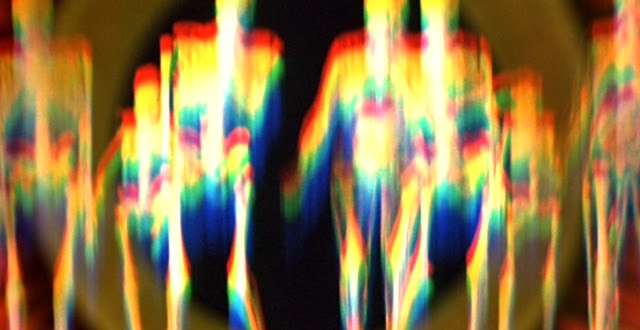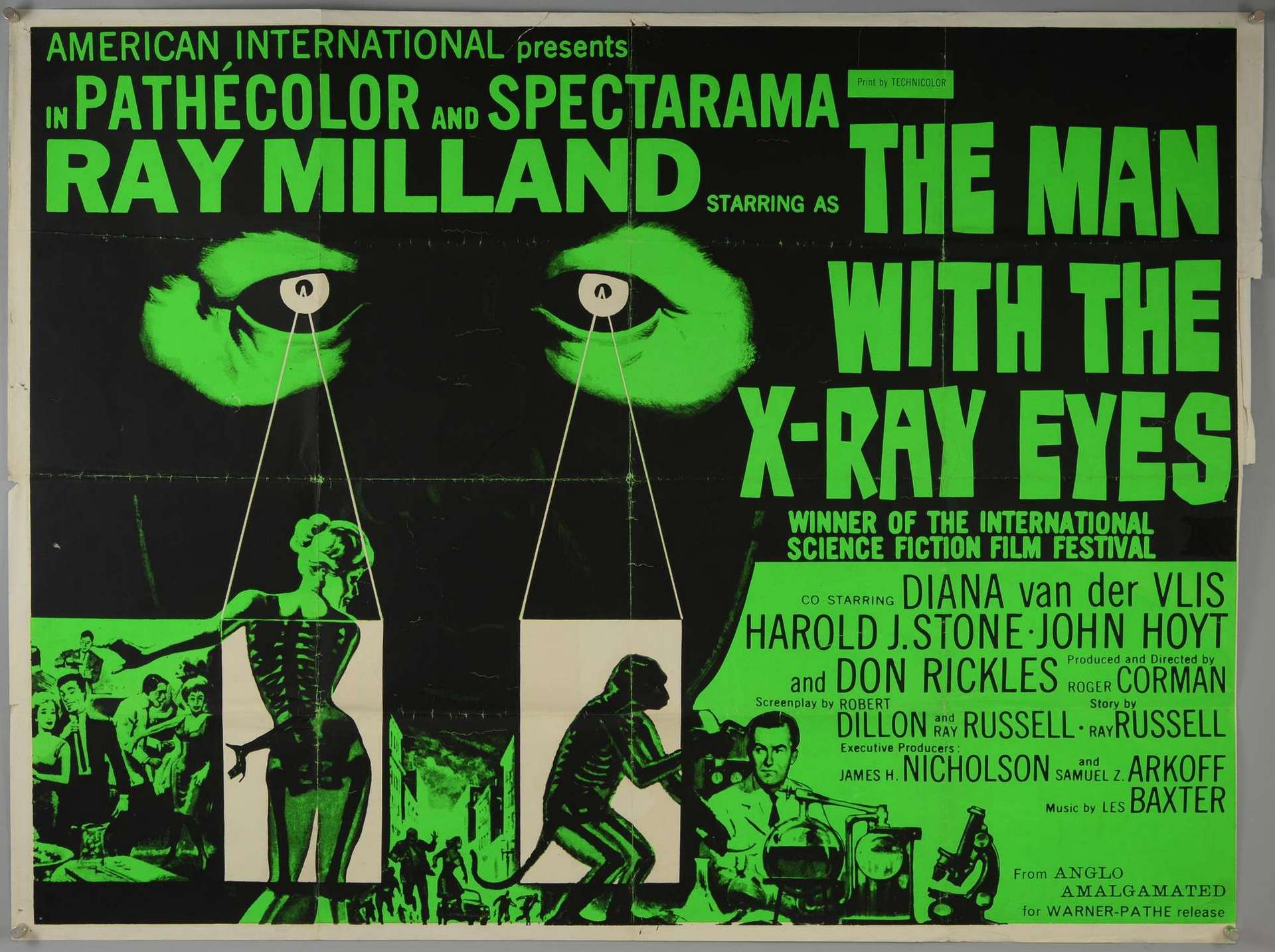
In the annals of cinema history, certain movies stand out not only for their storytelling but also for their pioneering visual effects. "X: The Man with the X-ray Eyes," released in 1963, is undoubtedly one such film. Directed by Roger Corman and starring Ray Milland, this science fiction classic not only captivated audiences with its suspenseful narrative but also left an indelible mark on the world of special effects through the revolutionary technique known as Spectarama.
The Birth of 'X: The Man with the X-ray Eyes'

Before we dive into the world of Spectarama, let's set the stage by briefly exploring the film itself. "X: The Man with the X-ray Eyes" follows the journey of Dr. James Xavier (played by Ray Milland), a brilliant scientist who develops a serum that grants him the ability to see through solid objects and even glimpse the mysteries of the universe. As his powers grow, so does his descent into madness, leading to a series of gripping and thought-provoking events.
Spectarama: An Evolution in Special Effects

One of the key elements that made "X" so remarkable was the pioneering special effect technique known as Spectarama. Created by inventor and artist John C. Howard, Spectarama was a groundbreaking approach to visual storytelling. Unlike traditional filmmaking, Spectarama aimed to immerse viewers in the surreal and psychedelic experiences of Dr. Xavier as his vision evolved.Spectarama worked by manipulating color and light in a way that transcended conventional cinematic effects of the time. It used intricate patterns and hues to convey the heightened perception of Dr. Xavier as he explored his newfound powers. The result was a visually stunning and surreal journey that took audiences on a mind-bending trip alongside the protagonist.
The Legacy of Spectarama

While "X: The Man with the X-ray Eyes" was met with a mix of critical and commercial reception upon its release, its visual effects, especially Spectarama, have left a lasting legacy. Spectarama was a precursor to the psychedelic visuals that would later become a hallmark of 1960s cinema.Today, the Spectarama effect is celebrated for its bold experimentation and its influence on subsequent generations of filmmakers who sought to push the boundaries of visual storytelling. It serves as a reminder of the power of cinema to transport audiences into the minds and experiences of its characters.
"X: The Man with the X-ray Eyes" remains a captivating piece of cinematic history, not only for its engrossing narrative but also for its pioneering use of Spectarama. This innovative visual effect, crafted by John C. Howard, paved the way for a new era of special effects in film and left an indelible mark on the world of cinema. As we celebrate the film's legacy, we also celebrate the enduring impact of Spectarama, a technique that allowed audiences to see the world through the eyes of Dr. Xavier in a way they had never imagined before.

